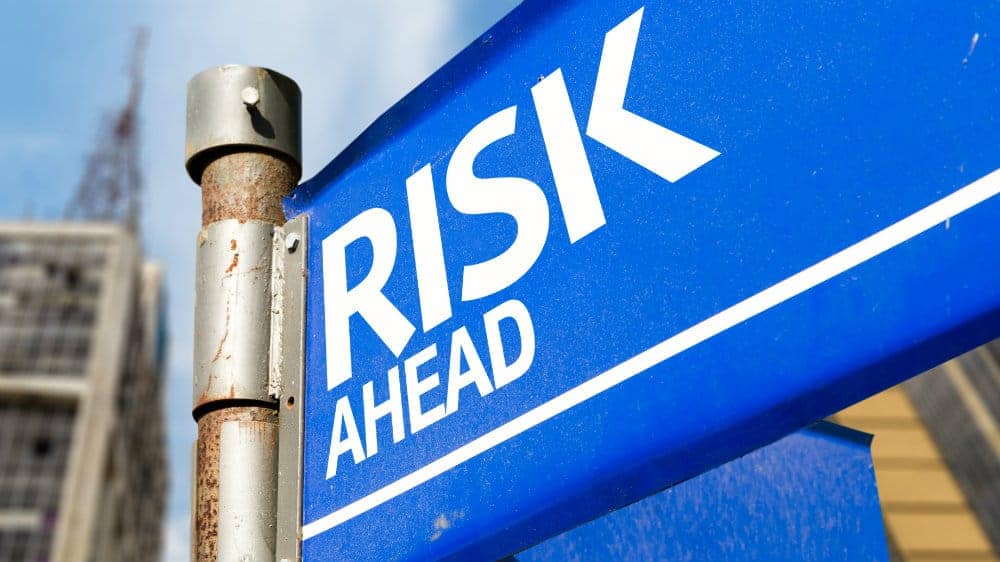‘Business risk’ is a term owners need to familiarise themselves with whether they’re in the early days of a startup or eight years into their third business. For businesses, risk involves any event that can cause the business to lose some steam or completely shut down.
There’s no avoiding risk entirely, as some factors are dictated by matters beyond a business owner’s control. Planning for these risks and managing them allows companies to be prepared for events as they happen.
[top_pitch]
Passive income stocks: our picks
Do you like the idea of dividend income?
The prospect of investing in a company just once, then sitting back and watching as it potentially pays a dividend out over and over?
If you’re excited by the thought of regular passive income payments, as well as the potential for significant growth on your initial investment…
Then we think you’ll want to see this report inside Motley Fool Share Advisor — ‘5 Essential Stocks For Passive Income Seekers’.
What’s more, today we’re giving away one of these stock picks, absolutely free!
Understanding business risk
Business risk is any factor that may affect a business’s ability to generate revenue or stop its operations entirely. These factors can be both avoidable and unavoidable, and they can be definable and indefinable. They can originate within or outside the business.
The bottom line is, a business will face risk at some point in its journey. The only way to mitigate that risk is to plan for it.
Types of business risk
While the list could be longer, there are around 20 well-known business risks that a business may have to face in its lifetime. Some risks trigger further risks to create a risk cycle.
A typical example is how natural disasters such as the pandemic can cause operational risk (business operations are halted or limited). This then leads to legal risk (new laws govern how economic activity can commence). And then, of course, there’s economic risk (the economy is strained as a result of reduced economic activity).
Other risks include:
- Exchange rates, taxation and interest rates risk: Companies often rely on margins to meet their financial goals. These risks can mean the difference between profits or losses.
- Process, programme, innovation and project risk: Any time a company has to implement a change, there is a margin of risk. It can result in downtime due to learning, or stakeholders not accepting all the changes.
- Country and political risk: The location of the company can determine whether it faces increased levels of risk. This is based on that location’s unique factors.
- Quality and resource risk: A drop in quality can cause loss of revenue, and so can the loss of a viable source of resources.
- Credit and financial risk: Companies often need access to funding to scale or to manage their cash flow. Without this access, the business can fail.
- Compliance, security and fraud, and reputational risk: Companies have an obligation to keep up with the laws that govern their operations. Failure to meet these terms may lead to closure or loss of revenue through penalties and fines. Reputation damage can also lead to loss of revenue as consumers vote with their money.
- Competition or comfort risk: Not planning for potential competition can lead to stagnation. When competitors overcome barriers to entry, it might be too late for innovation.
[middle_pitch]
How to successfully implement a risk management strategy
The old adage that ‘failing to plan is planning to fail’ applies in business. A risk management strategy works out all the kinks before they arise. It does so in much the same way as setting up a business plan before you start up.
- Research potential areas of risk of the business.
- Formulate a plan to address risk matters as they arise. For instance, set up a savings account for your business to manage financial risk.
- Adjust your risk management responses to match your business needs.
- Implement a monitoring and reporting framework through a regular review. Keep yourself in the loop to ensure that the current risk is under control.
- Strengthen safeguards to prevent future losses due to these risks.







